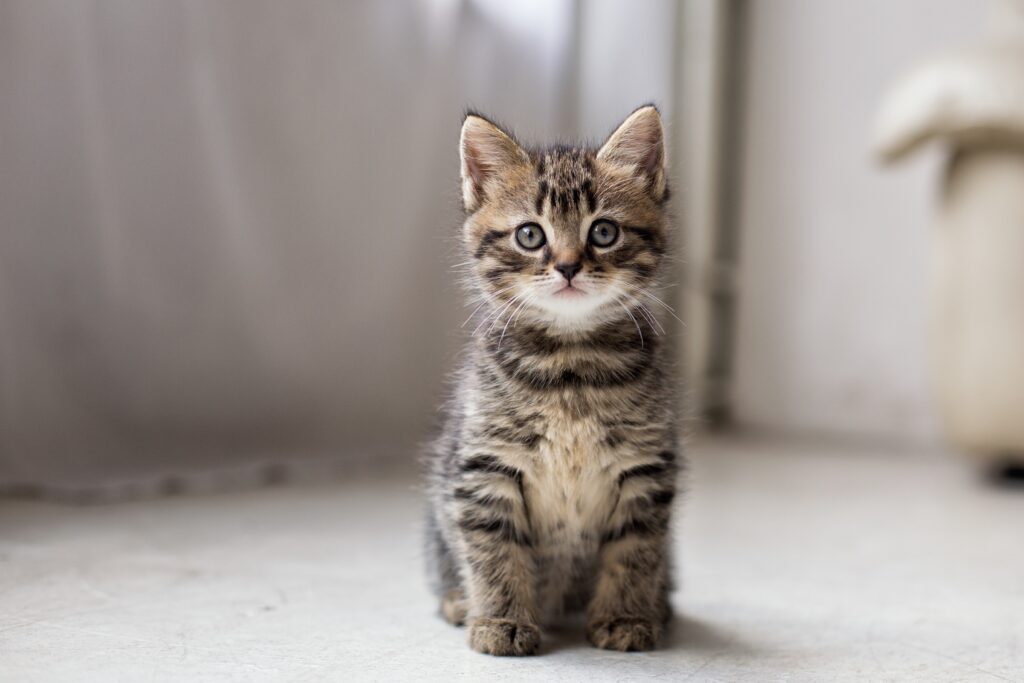Understanding Feline Urinary Tract Disease
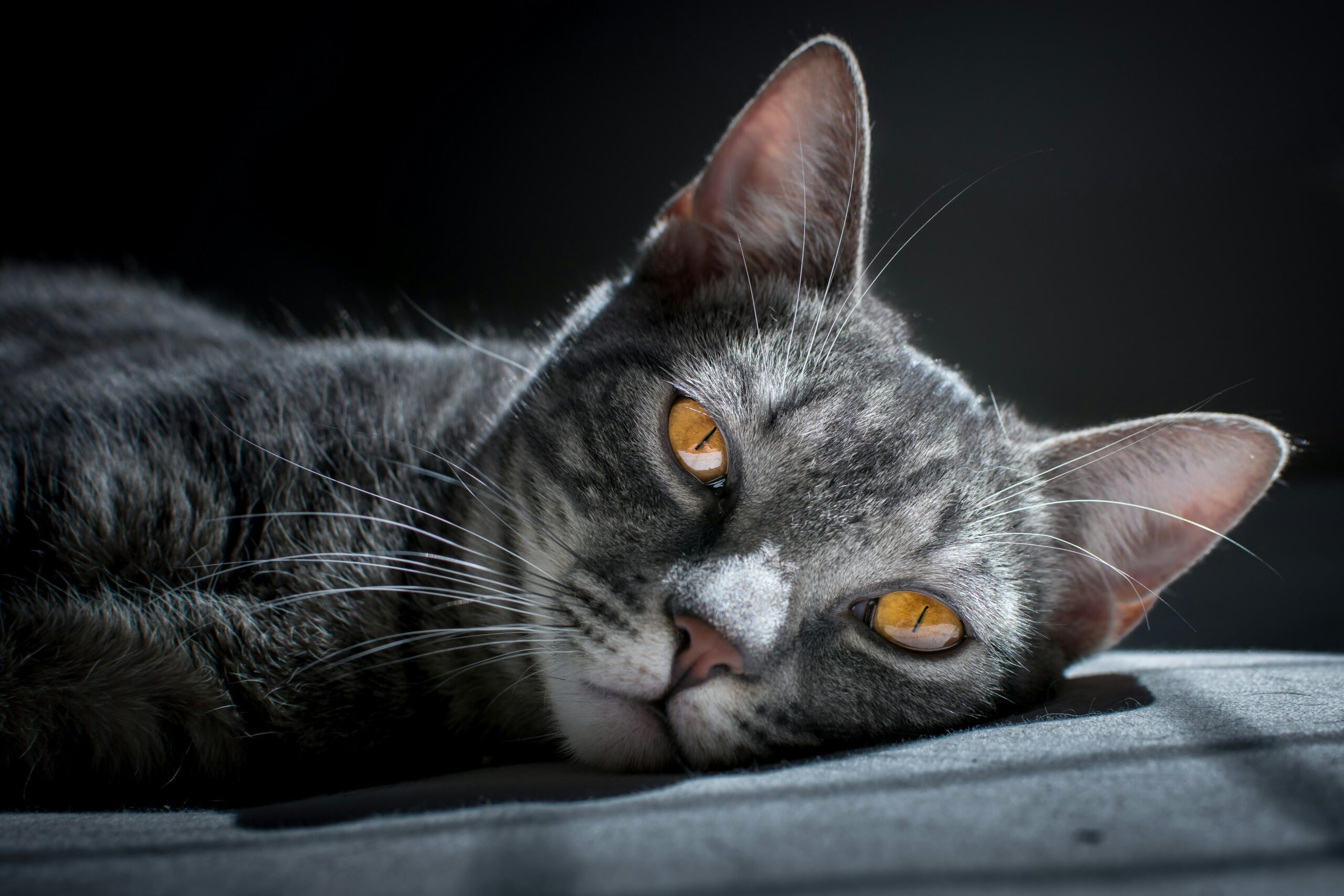
Feline lower urinary tract disease (FLUTD) is one of the most common cat health issues. It is a term that encompasses a range of urinary tract problems with similar signs, such as straining, frequent urination, blood in the urine or urinating outside the litter box. Most cases are linked to cystitis. Given the prevalence of antibiotic-resistant bacterial strains, prevention is key. FLUTD is a serious condition that requires veterinary investigation to understand the exact cause and prescribe the correct treatment.
What is FLUTD?
FLUTD is not so much a disease in itself, but a collective term for conditions affecting the bladder and urethra in cats. FLUTD is one of the most common reasons cat owners seek veterinary care, and it can be an emergency situation.
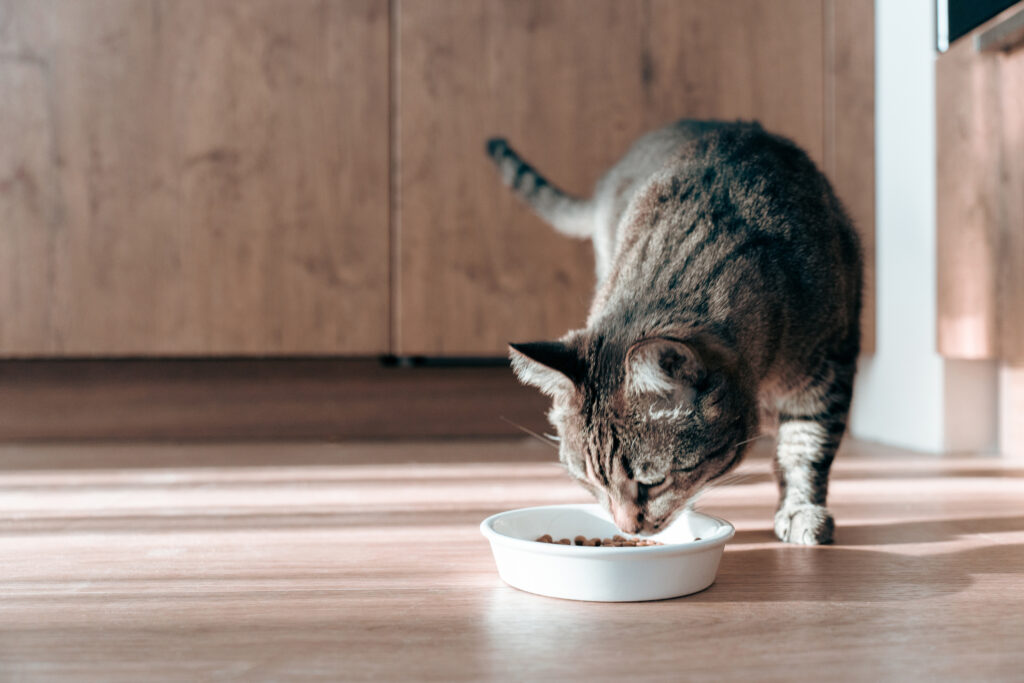
Causes of FLUTD
According to International Cat Care, the most common cause of FLUTD is cystitis, which is inflammation of the bladder. Additionally, urinary crystals or stones may form if a cat’s diet is too high in certain minerals, like sodium, or lacks adequate hydration. Urethral plugs, consisting of mucus and crystals, can block the urinary passage and lead to severe complications.
FLUTD is less common in younger cats; the average age of affliction is four years. Male cats tend to be more susceptible to FLUTD due to a narrower urethra. Overweight cats face a higher risk, as do those with lower activity levels. A tense environment, particularly involving changes in household dynamics, can significantly impact feline stress levels and contribute to the condition. Additionally, diets high in dry food and low in moisture can exacerbate urinary issues. Anatomical abnormalities or trauma in the urinary tract can also lead to FLUTD. In rare cases, the cause may be tumours in the urinary tract.
Symptoms of FLUTD
Symptoms of FLUTD can arise abruptly and may include frequent attempts to urinate, often resulting in little to no urine production, straining or vocalising while trying to urinate, and blood in the urine. Affected cats may exhibit excessive licking of the genital area, urinate outside the litter box or display signs of lethargy and decreased appetite, and may resort to hiding. It’s crucial to recognise that if a cat is unable to urinate at all, it is a medical emergency necessitating immediate veterinarian care.
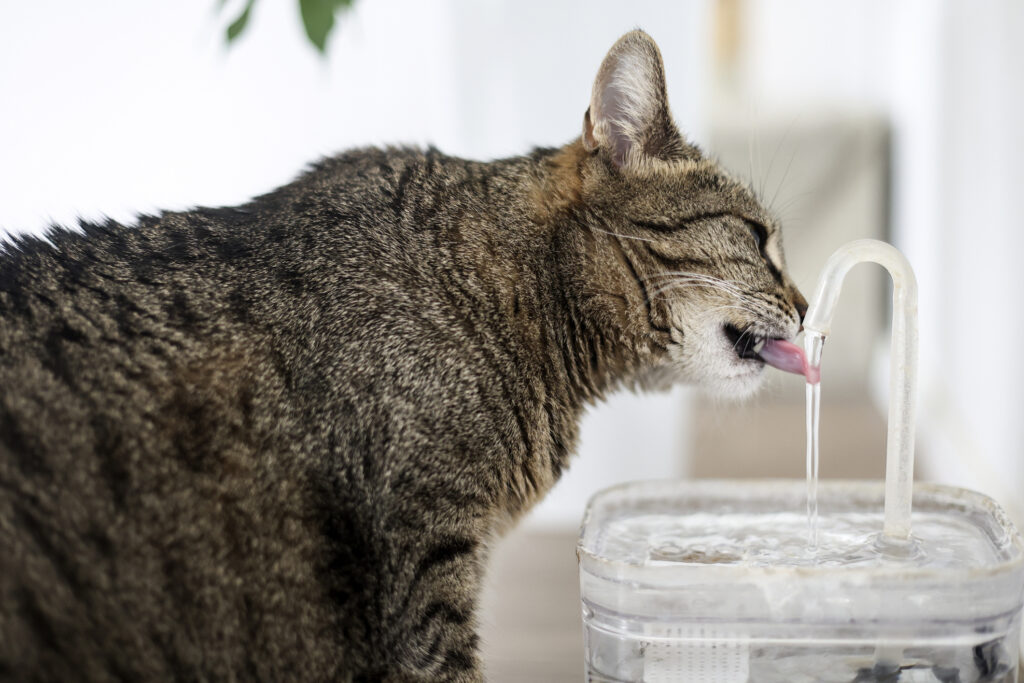
Diagnosis and treatment
Australian veterinarians typically diagnose FLUTD through urinalysis to assess pH levels, detect crystals or blood and to check for infections. A urine culture will identify any bacterial infections, along with blood tests to evaluate kidney function and overall health. Imaging techniques, such as X-rays or ultrasound, can detect stones or blockages.
Treatment depends on the underlying cause. In cases of blockage, emergency intervention includes catheterisation and hospitalisation. For urinary stones, treatment may involve dietary adjustments or, in some instances, surgery.
Feline idiopathic cystitis means there is inflammation in the lower urinary tract with no known cause. Treatment for feline idiopathic cystitis focuses on reducing stress and increasing water intake along with dietary changes. If a bacterial infection is confirmed, antibiotics are administered as well as anti-inflammatory pain relief. It is important to follow the instructions to the letter; in some cats, bacterial strains are becoming antibiotic-resistant.
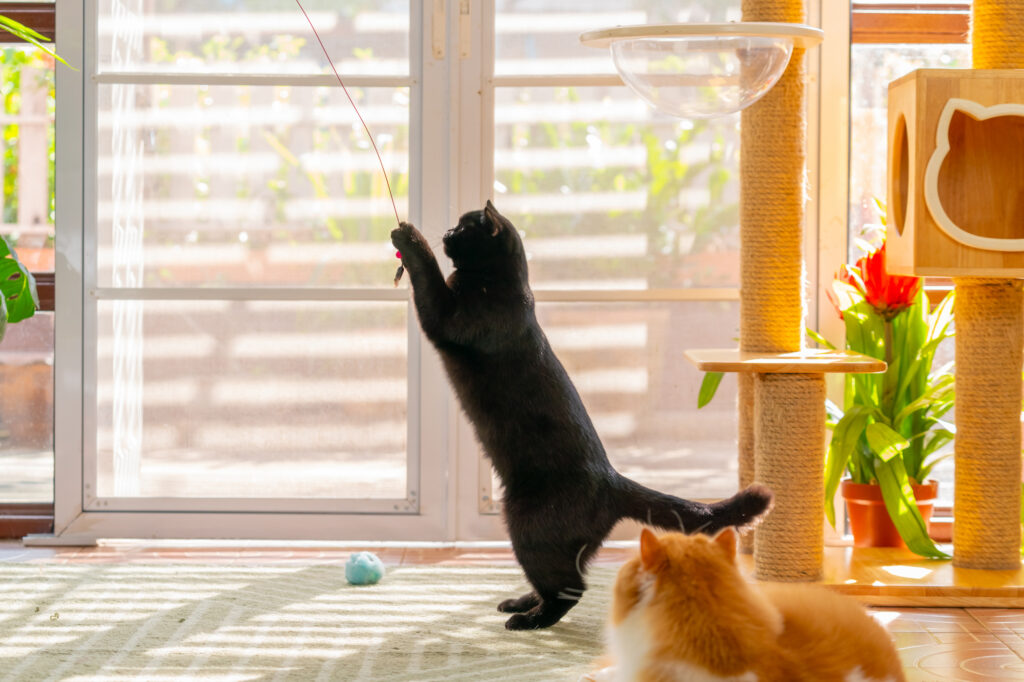
Preventing FLUTD
Prevention is the best measure against FLUTD. It is worth keeping in mind that common bacteria that cause urinary tract infections may be resistant to antibiotic treatment. Proactive measures include feeding your cat a moisture-rich diet and constant access to clean water. Cat water fountains are a great way to encourage an increase in water intake – cats have a nose for aerated water. Providing wet food and sodium-free broths is a sure way to ensure correct hydration levels. Read The Truth About Cats and Water to learn more.
Another way to help your cat is to ensure they have easy access to multiple clean litter boxes in quiet and accessible locations. This will have the effect of encouraging frequent urination, thereby preventing them from holding it in. Cats are territorial, hence their proclivity to rub against objects, thereby marking them as their own. It makes sense that they need their own quiet, safe spaces – think of them as “cat zones”. Having access to safe, elevated and hidden places helps a cat feel secure and in control of their environment. In the case of multi-cat homes, each one will need at least one box in their own zone. For more, read Why Your Cat Has Stopped Using Their Litter Box.
Aside from diet and cat zones, there are other ways to protect your cat against FLUTD and many other health issues. Cats are highly sensitive animals. Stress reduction and playtime are essential to their wellbeing. Remember that changes to their environment, loud noises, unfamiliar animals and disrupted routines all cause them stress. Chronic stress weakens their immune systems, causes behavioural issues and contributes to FLUTD.
Cats are both predators and prey, which is why playtime is important. We all know the importance of physical activity, and it’s the same for cats. More than just a fun activity, it is essential feline exercise and it also provides them with the mental stimulation that these smart creatures need. As well as a measure to reduce stress, playtime mimics natural hunting instincts and is important for maintaining the bond between cat and owner. In fact, the lack of playtime leads to boredom, which dissolves into destructive behaviour, and can even cause depression. An active cat is also less likely to be overweight, further reducing their risk of FLUTD.
The Final Word
FLUTD is a common, potentially serious condition with multiple possible causes. Because its signs can indicate anything from mild inflammation to a life-threatening urinary blockage, all cases require prompt veterinary assessment. Long-term management focuses on identifying and treating the underlying cause, increasing water intake, encouraging healthy urination habits, maintaining a healthy weight and providing plenty of play options and safe spaces to lower the risk of recurrence.
Read Keeping Your Cat Hydrated.
